In the world of artificial intelligence, making systems faster and smarter is constantly a top priority. AI researchers and developers are continually in search of methods that push the envelope of technological capabilities. One fascinating frontier in this quest is the integration of principles from physics. **By utilizing fundamental concepts from physics, AI technologies are being revamped to become more efficient than ever.**
Recent advancements have demonstrated that physics can enhance AI algorithms, allowing them to operate at lightning speeds while maintaining, or even improving, accuracy. This hybrid approach leverages classical mechanics and quantum physics to optimize computation processes. Physics-inspired models can transform traditional neural networks by organizing data pathways in a way that mimics the behavior of physical systems.
The value of this approach is multifaceted. For one, integrating physics into AI can lead to significant reductions in computational costs. This is especially crucial as the complexity of tasks that AI handles increases, from high-level data processing to intricate problem-solving scenarios. Moreover, using physics-based optimization methods can result in AI systems that require less energy, a vital consideration for sustainable tech development.
Practical applications of this melding of AI and physics are as diverse as they are groundbreaking. From improving precision in manufacturing processes to enhancing the capabilities of autonomous vehicles, the fusion of these two fields holds promise for a range of industries. Some researchers are focusing on improving image recognition technology’s accuracy in low-light conditions by applying principles from optics. Others are developing more efficient predictive models for weather forecasting by employing thermodynamic laws.
Another wave of innovation comes from the development of hybrid models that use both classical algorithms and quantum computing principles. These models hold the potential to solve problems that are currently too complex for traditional computers alone, offering exponential speed improvements for specific computational tasks. As quantum computing continues to evolve, its integration with AI is likely to redefine what’s possible in every aspect of technology and science.
Quantum mechanics, the physics press that explores the behavior of matter and energy on the atomic and subatomic levels, has started to lend its power to AI development. Quantum computing, inspired by these principles, enables massive parallelism that can vastly outperform classical computers for certain algorithms. When AI systems employ quantum computing techniques, they can tackle problems involving large datasets or requiring intricate pattern recognition techniques much more quickly.
This synergy is not without its challenges, of course. The quantum infrastructure necessary to harness these computational benefits is still in the early stages of deployment. Moreover, developing quantum algorithms that truly complement AI systems is a complex task requiring interdisciplinary expertise. Nevertheless, current progress points toward a future where AI, augmented by quantum computing, brings forth unprecedented advancements in numerous sectors including medicine, finance, and environmental modeling.
The convergence of physics and AI is proving to be a transformative force, with the potential to accelerate innovation across a spectrum of fields. As researchers continue to explore this interplay, society can look forward to AI technologies that are not just faster and smarter, but also more adaptable and resource-efficient. The journey to truly intelligent machines might well pass through the realms of physics, leading us into an era of unparalleled technological progress.
AI
How to Make AI Faster and Smarter—With a Little Help from Physics

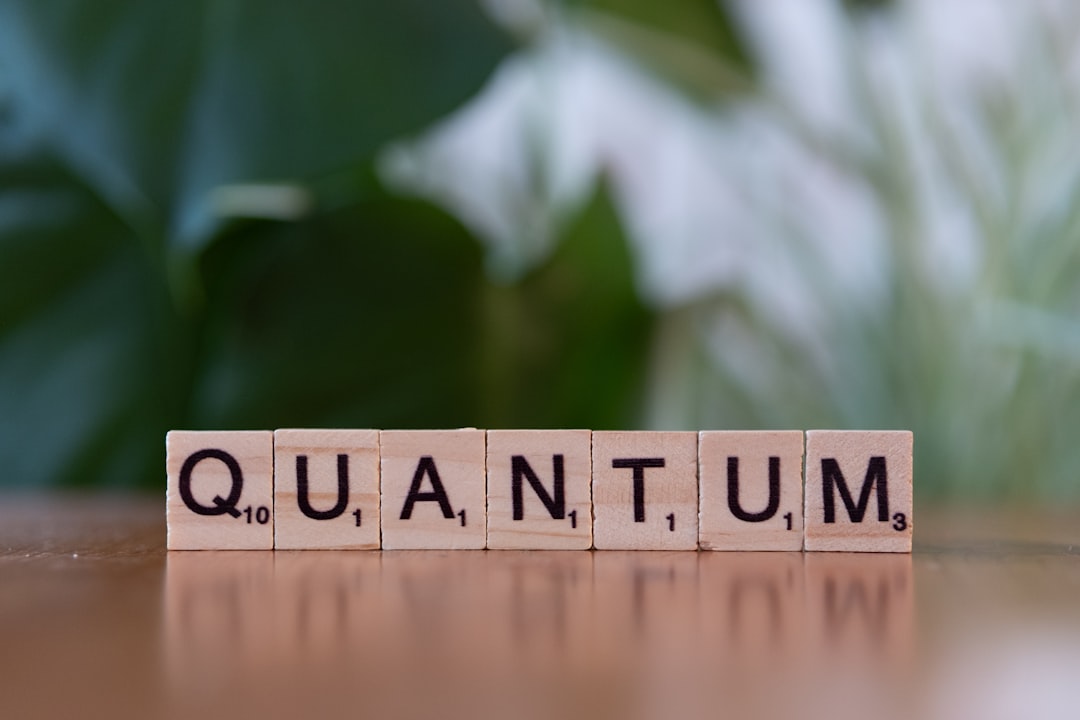

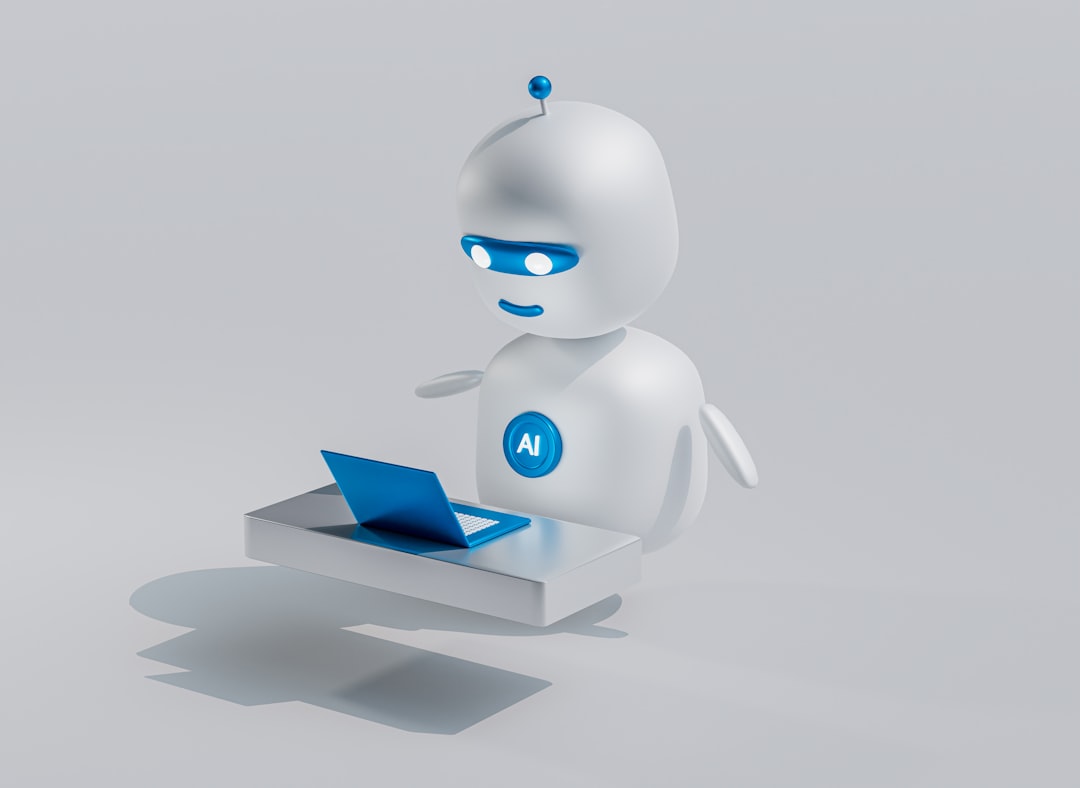

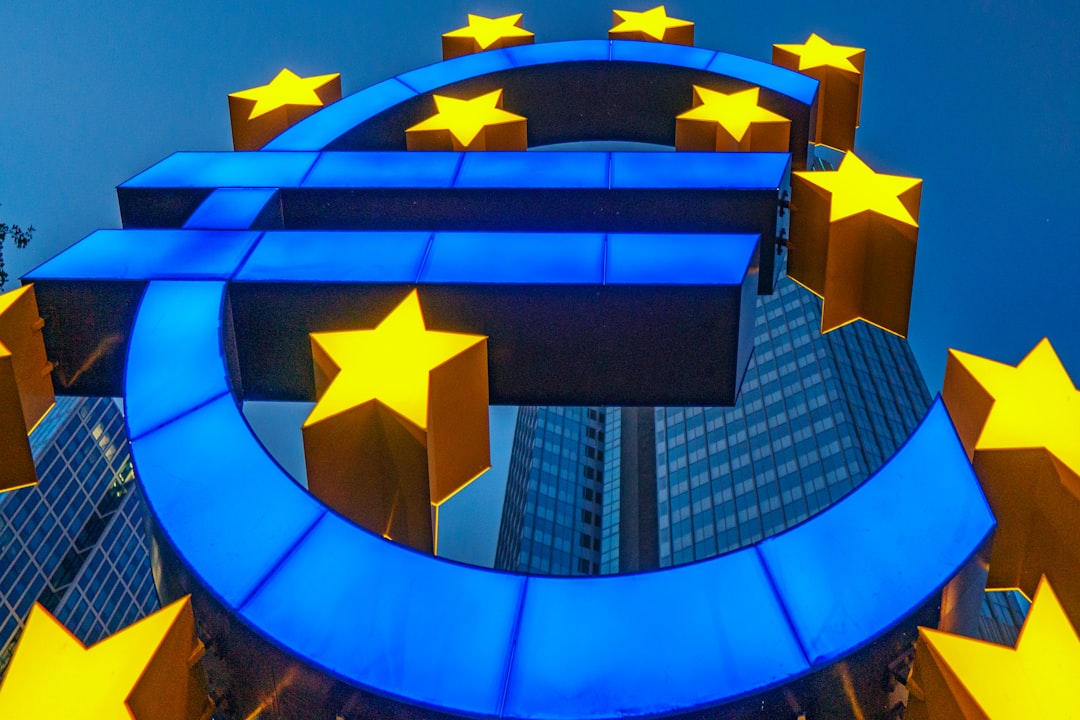

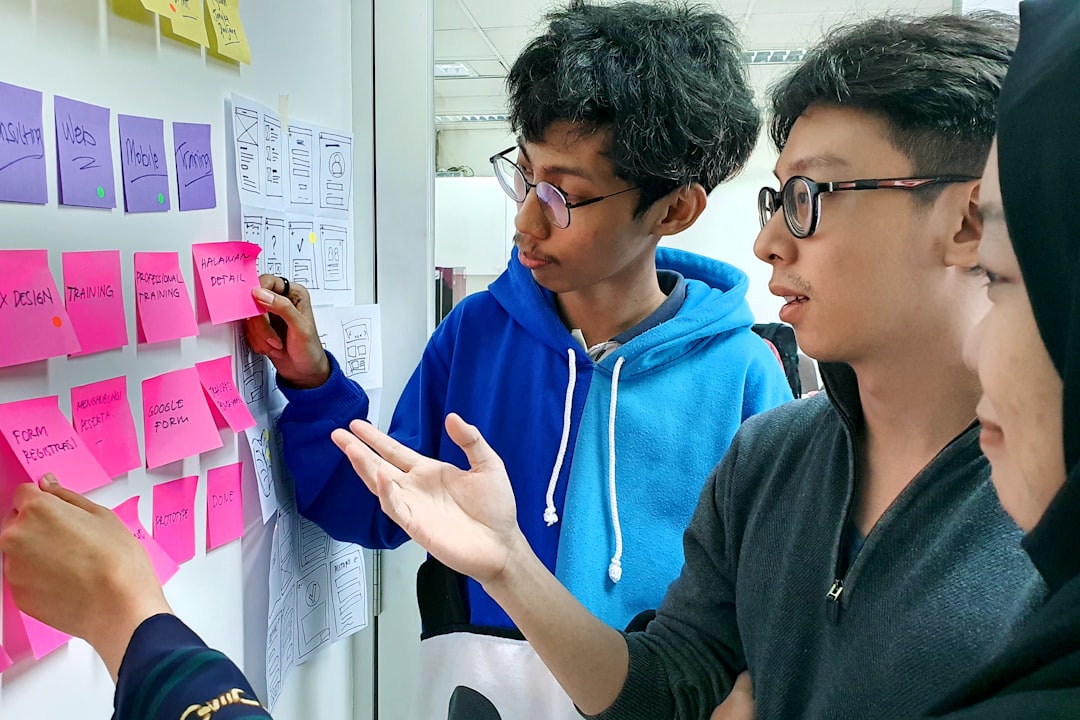

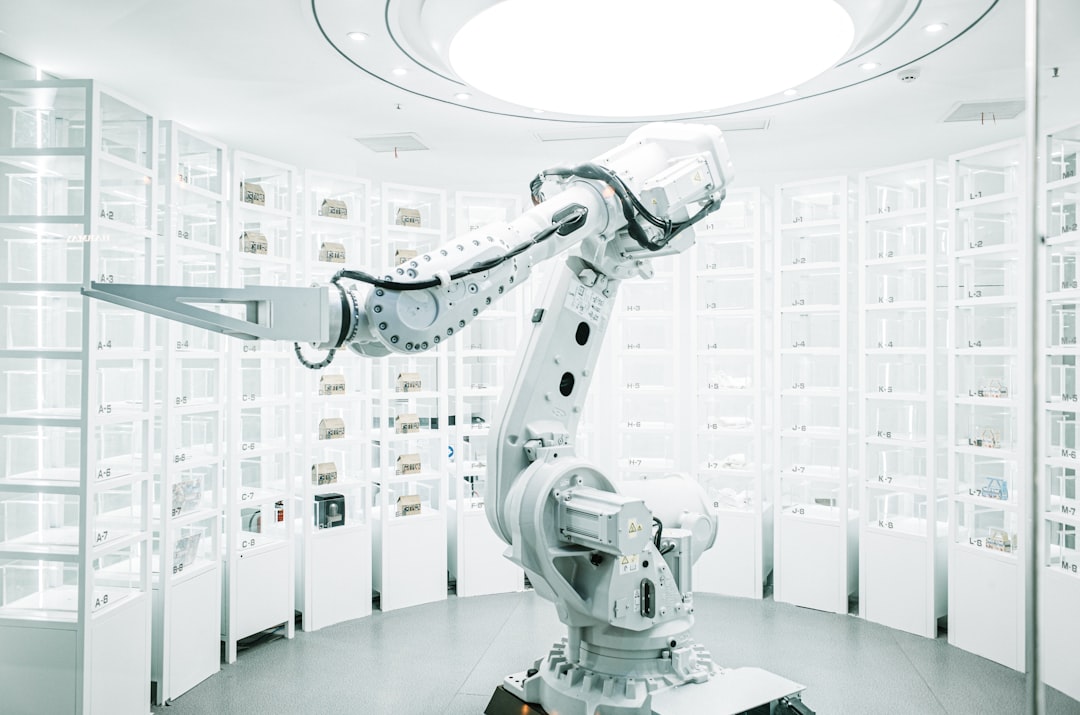
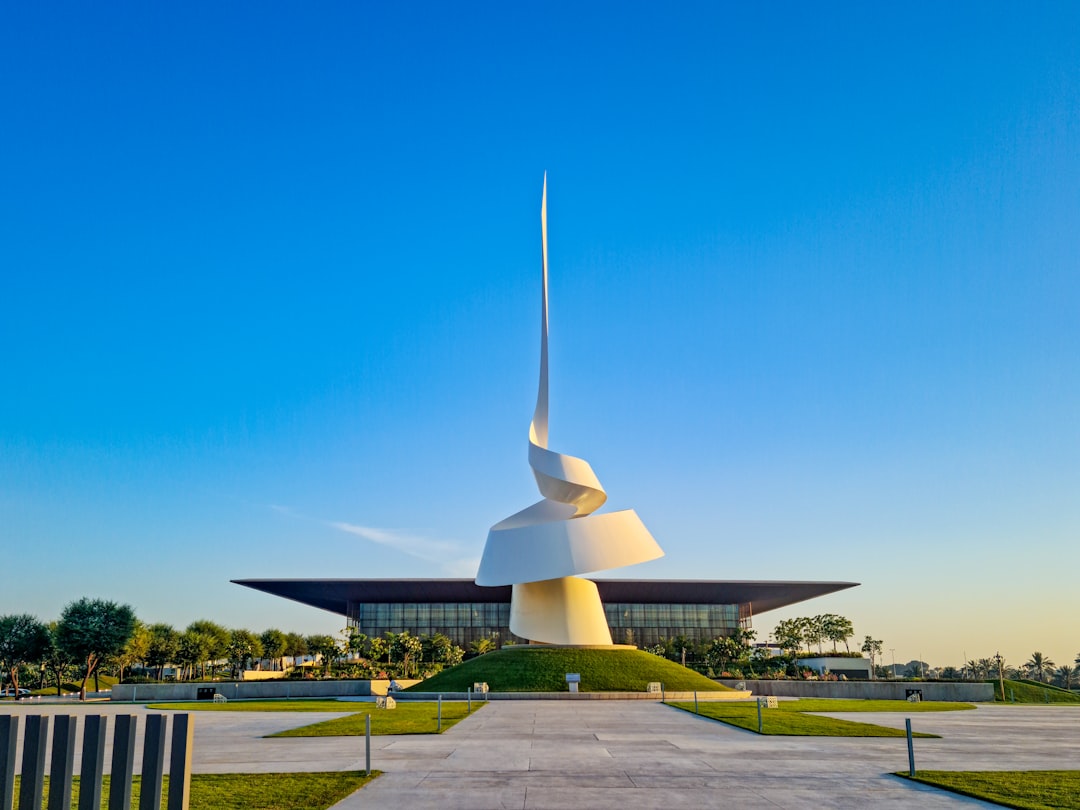
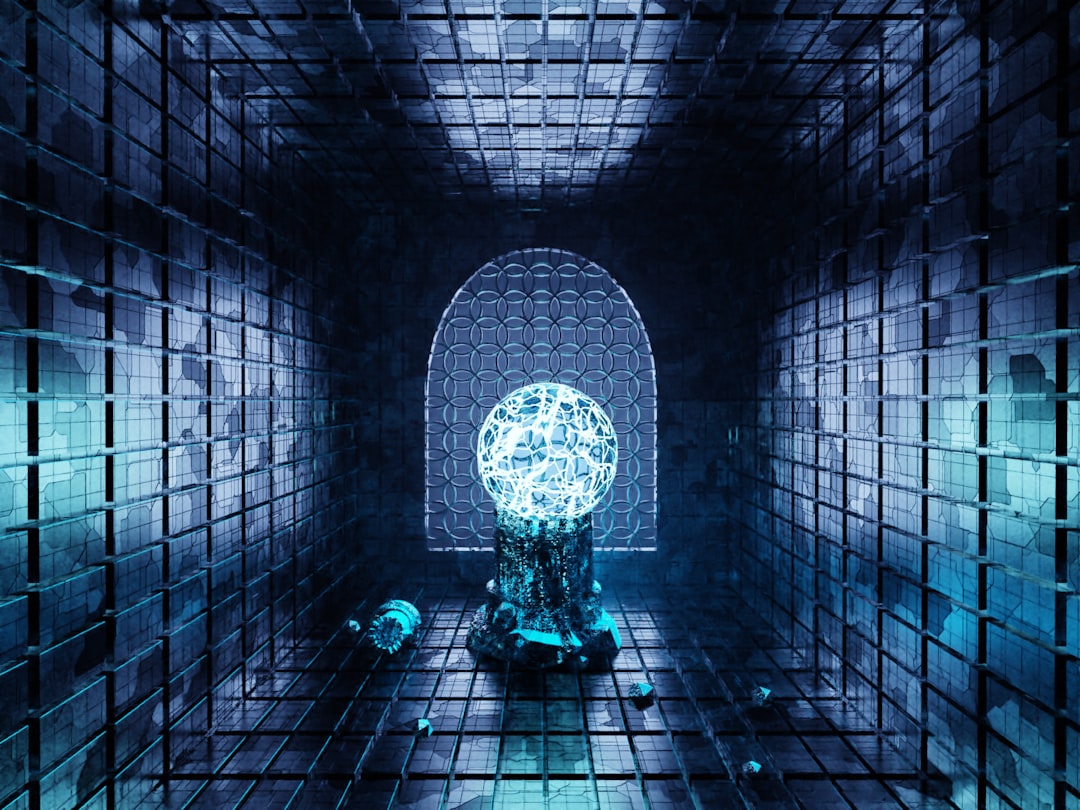



Leave a Reply